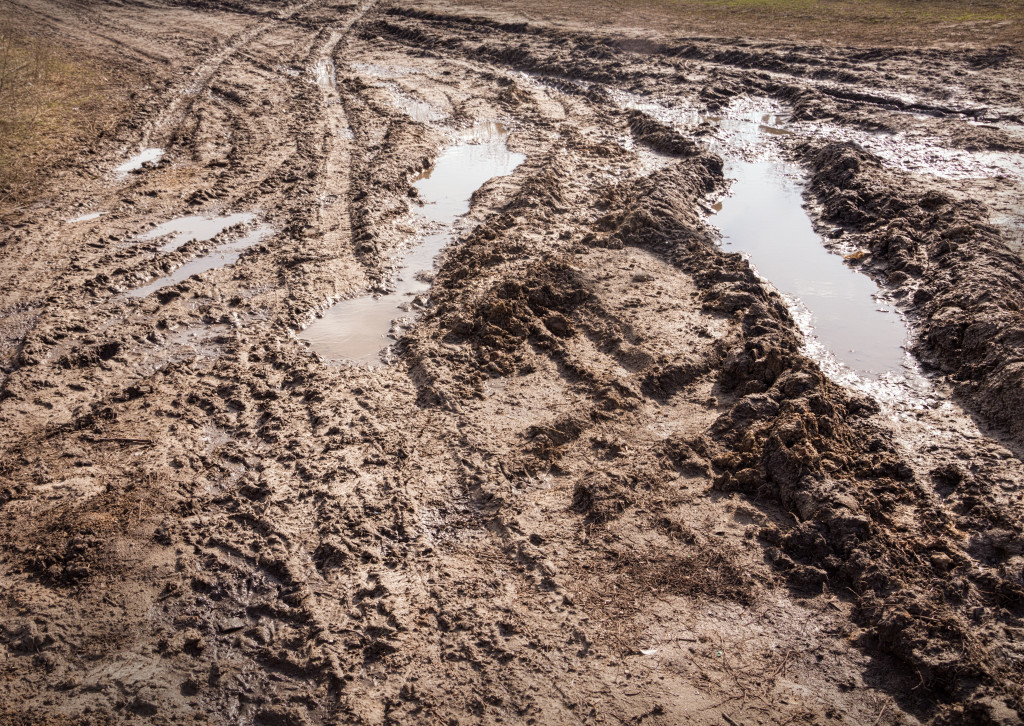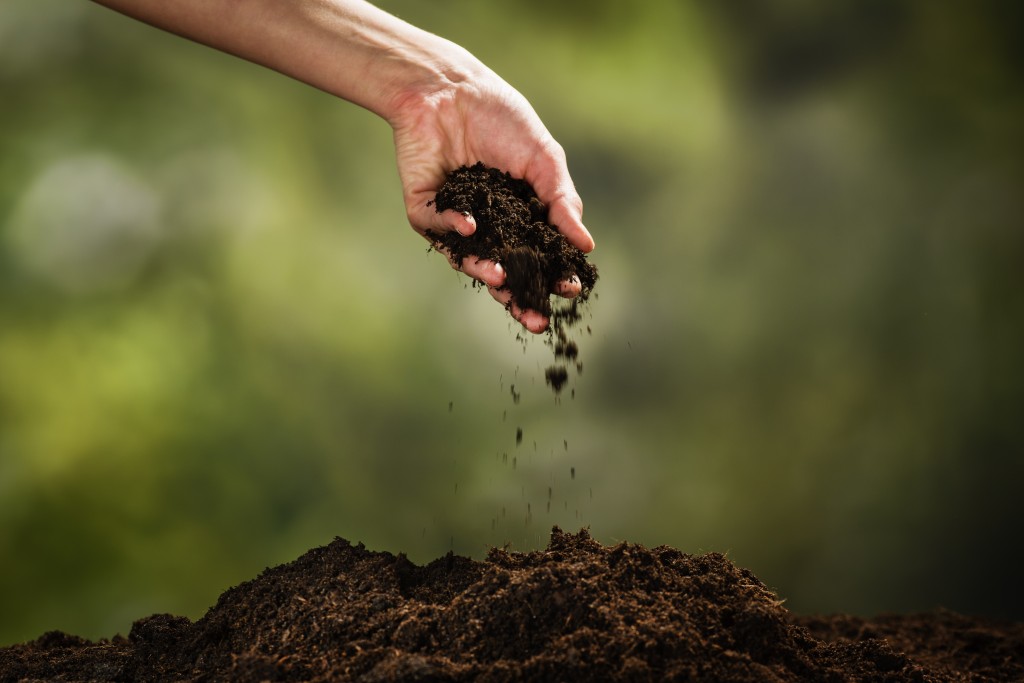Taking good care of a property usually isn’t just about home maintenance. Anyone who would like to enjoy gazing out on a pleasant landscape needs to put some effort into soil management. If you’re unfamiliar with gardening fundamentals, the topsoil is a thin and precious layer of about six inches containing the nutrients, organic matter, and microorganisms which plants need for growth. Without proper care, topsoil can quickly erode and lead to deterioration of the landscape. These are the common causes of topsoil erosion and measures you can take to prevent their effects.
Gravity
What comes up must go down, and though your landscape is stable and might not seem to change much from day to day, the force exerted by gravity is constant. For properties sitting on a slope, this can pose a significant concern. Vehicle or foot traffic can easily shake particles loose and wear away at the more compact areas of soil; under the pull of gravity, these free particles can fall down, causing deterioration in soil quality over time.
Adhering to sound landscape management practices will help mitigate this issue. Limit traffic to paved pathways and ensure that remaining areas of soil are either covered in protective mulch or vegetation. Steep slopes may require deep-rooted vegetation such as shrubs and trees, in order to hold soil in place. Concrete retaining walls are one of the most effective ways to resist gravity-driven erosion, especially in cold winter areas like Salt Lake City where the freezing and thawing cycles can exacerbate soil deterioration.
Water
The mechanical action of water as it hits the surface of the land in the form of precipitation, and then flows down as runoff, will periodically erode soil and sweep away particles. Even in areas that don’t receive a lot of precipitation, it only takes one heavy fall of rain to dislodge a lot of loose soil material. You only have to walk out after it rains to see where the water has carried bits of debris away from your property, and imagine how much of that will add up over the number of times it rains each year.
Since water-driven erosion follows the pull of gravity from a high place to a low one, similar measures are effective – vegetation and mulch do double duty. Specific steps can be taken to divert water runoff using a ditch into a drainage area on your property. Increasing the permeability of soil can be most effective since it facilitates water seeping into the ground, thus avoiding any loss of soil matter.
Wind

In dry and windy areas, the action of wind can be a significant contributor to soil erosion. This can pose a greater problem than water or gravity in areas with level terrain, loose clay or sandy soils. The best way to combat wind-driven erosion is through the use of a windbreak. This involves planting a hedge or rows of shrubs and trees which will reduce the wind’s force and damage to topsoil as it blows across the surface of the land. The increased vegetation also helps to moderate the local microclimate by reducing evaporation and helping the soil retain more moisture, while providing additional cover from drifting snow and excessive temperatures.
By protecting valuable topsoil from the elements using these measures, you can ensure that your property has a thriving and healthy landscape to enhance its beauty and value.

